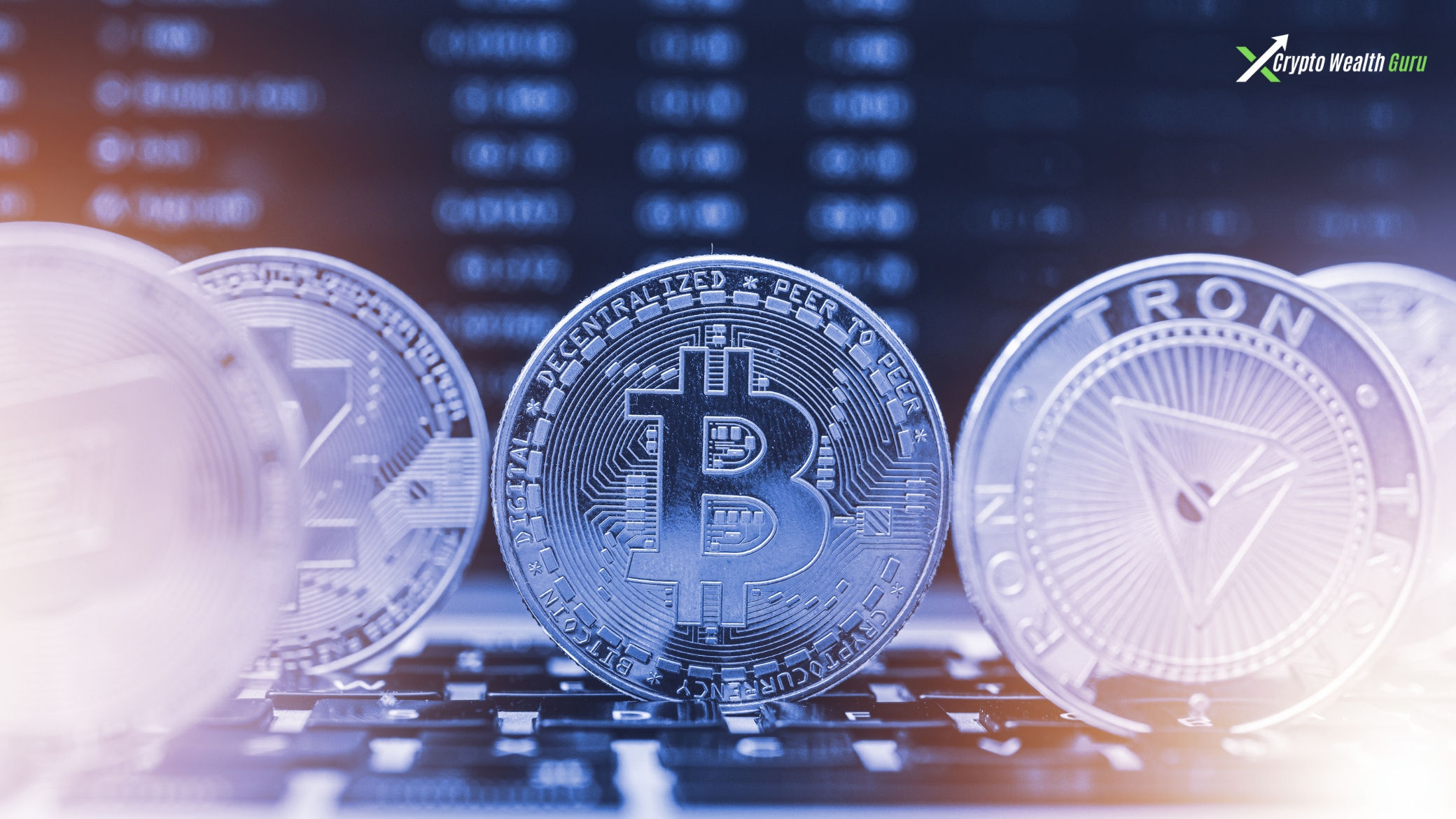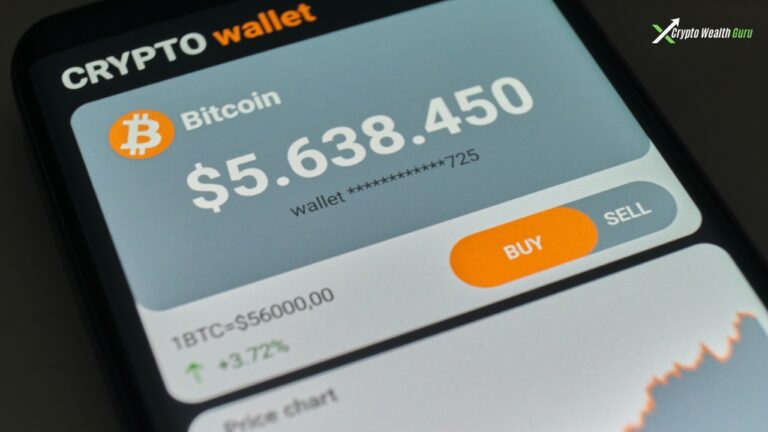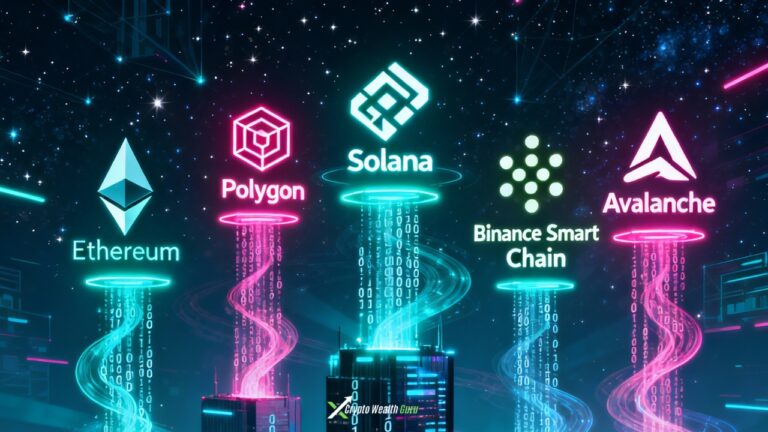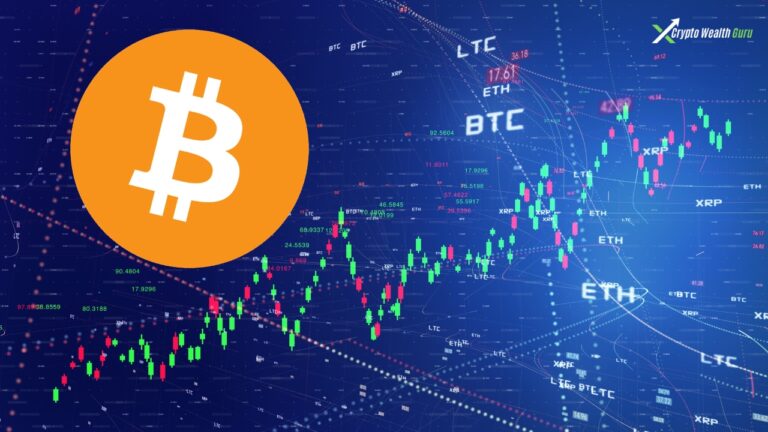Difference Between Coins and Tokens: Key Differences Explained
What Are Coins in Crypto?
So, you’ve probably heard the terms coins and tokens tossed around in the world of cryptocurrency, right? You’ve probably also wondered, “Isn’t a coin the same as a token? What’s the real difference?” Well, you’re not alone! The cryptocurrency world can be a bit like a jungle, with all these terms flying around. But don’t worry—I’ve got your back!
In this article, we’re diving deep into the differences between coins and tokens. Don’t worry, it won’t be a boring tech talk; we’ll keep it light, relatable, and easy to understand. So, if you’re a newbie or even someone with a bit of crypto experience, stick around to uncover the mystery!
Coins: A Quick Recap
As we mentioned earlier, coins are digital currencies that exist on their own blockchain. But let’s take a deeper look at their technical structure, usage, and significance.
Native Blockchains: The Backbone of Coins
Coins operate on their own blockchains, which means they have an independent infrastructure, and their transactions are recorded on that blockchain. This blockchain is responsible for verifying and securing all transactions and operations associated with that coin. A coin’s blockchain provides the foundation that supports its value and use.
For example, Bitcoin’s blockchain was specifically built to support the Bitcoin coin. It records all Bitcoin transactions, maintains the integrity of the Bitcoin network, and ensures its decentralization.
On the other hand, Ethereum’s blockchain does more than just process Ethereum coins (ETH); it also supports the execution of smart contracts and the operation of decentralized applications (dApps). This added layer of functionality makes Ethereum’s blockchain one of the most widely used, not just for Ethereum coins, but for tokens as well.
Coins as Digital Cash
A major use of coins is as a medium of exchange or store of value, much like traditional fiat currencies. For example:
- Bitcoin (BTC) is often compared to gold because people view it as a store of value, especially for long-term investment.
- Litecoin (LTC), on the other hand, is often seen as a faster alternative to Bitcoin for daily transactions due to its quicker block times.
Coins can also be transferred directly between users without needing a middleman (like a bank), which is a huge draw for people looking for a peer-to-peer way to send and receive money.
What Are Tokens in Crypto?
Tokens: Not Just Digital Money
Tokens are much more than just digital assets. They serve specific purposes depending on the platform they are issued on, and they can represent a wide array of functions and values.
The Blockchain Ecosystem of Tokens
While coins are native to their blockchains, tokens are created and managed through smart contracts. Smart contracts are self-executing contracts that automatically enforce the terms and conditions written into them, without the need for intermediaries.
Tokens are created on top of existing blockchains, with Ethereum being the most popular blockchain for creating tokens. ERC-20 is the most well-known token standard on Ethereum. It’s basically a set of rules that ensure the tokens behave in the same way on the blockchain.
Other blockchains like Binance Smart Chain (BSC), Solana, and Cardano have their own token standards, which allow projects to issue tokens on those blockchains as well.
Types of Tokens: A Closer Look
Tokens can be categorized based on their functionality within their respective ecosystems. Here’s a breakdown:
1. Utility Tokens
These tokens provide access to a specific service within a blockchain-based platform. They’re often used within decentralized applications (dApps). Chainlink (LINK) is a popular example of a utility token used in the Chainlink network, where it’s used to pay for oracle services.
- Function: Access to services or functionalities in a network.
- Example: Filecoin (FIL), which is used to pay for storage on the Filecoin network.
2. Security Tokens
Security tokens represent ownership or investment in real-world assets like stocks, bonds, or even real estate. These tokens are subject to regulations by financial authorities, and they can give investors rights like dividends or voting rights.
- Function: Represents ownership in real-world assets, often with legal implications.
- Example: tZERO token, which represents ownership of shares on the tZERO platform, a security token exchange.
3. Governance Tokens
These tokens allow holders to participate in the decision-making process of a decentralized network or platform. They give users the ability to vote on proposals that could affect the network or platform’s future. Uniswap (UNI) is a well-known example of a governance token.
- Function: Voting rights and influence on platform governance.
- Example: Aave (AAVE), where holders can vote on the development and direction of the Aave protocol.
4. Stablecoins
Stablecoins are a special class of tokens that are pegged to the value of traditional assets, like the US Dollar. Their goal is to maintain price stability, which makes them useful for transactions and as a store of value.
- Function: Price stability for transactions.
- Example: Tether (USDT) and USD Coin (USDC), which are pegged to the value of USD.
Technical Differences Between Coins and Tokens
Let’s dive into the technical aspects to get a clearer picture of the differences between coins and tokens. Understanding these technical details can be especially useful if you’re looking into investing or building within the blockchain space.
Blockchain vs. Smart Contracts
As mentioned, coins have their own blockchains, while tokens are created and managed by smart contracts on existing blockchains.
This means that:
- Coins are responsible for securing their own networks through consensus algorithms like Proof of Work (PoW) or Proof of Stake (PoS).
- Tokens, on the other hand, rely on the security and validation mechanisms of the blockchain they’re built on (like Ethereum’s PoW/PoS or Binance Smart Chain’s Delegated Proof of Stake (DPoS)).
Tokens Are More Flexible
Since tokens don’t have their own blockchains, they can be more flexible in terms of functionality. They can represent a wide range of values, from digital art (as NFTs) to governance rights to ownership of real-world assets.
Different Standards for Tokens
Another major difference is that tokens have token standards, like ERC-20 and ERC-721 (for NFTs) on the Ethereum blockchain, while coins don’t require such standards. These standards help developers create tokens that interact consistently and securely with the blockchain.
Which One Is Better for You?
The question is, should you go for coins or tokens? Well, it depends on your goals!
- If you’re looking for a long-term investment that has established value, coins like Bitcoin or Ethereum might be your best bet. They have their own blockchain, have been around for a while, and have growing adoption.
- If you’re into decentralized applications, gaming, or asset-backed investments, tokens might be where the action is. They offer flexibility and innovation, and many promising projects rely on token ecosystems.
Conclusion: Coins vs. Tokens – It’s All About Purpose!
In the grand scheme of things, the difference between coins and tokens boils down to one thing: purpose. Coins are the backbone of their own blockchain networks, while tokens serve more specialized functions within existing blockchain ecosystems.
So, now that you know the ins and outs of both, you can make a more informed decision about what to focus on in the world of cryptocurrency. Coins are the foundation, and tokens are the exciting new layers built on top of that foundation.
Whatever your next step in crypto is, whether you’re buying Bitcoin or jumping into the world of DeFi tokens, you’ve got the knowledge to navigate it like a pro.







